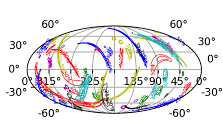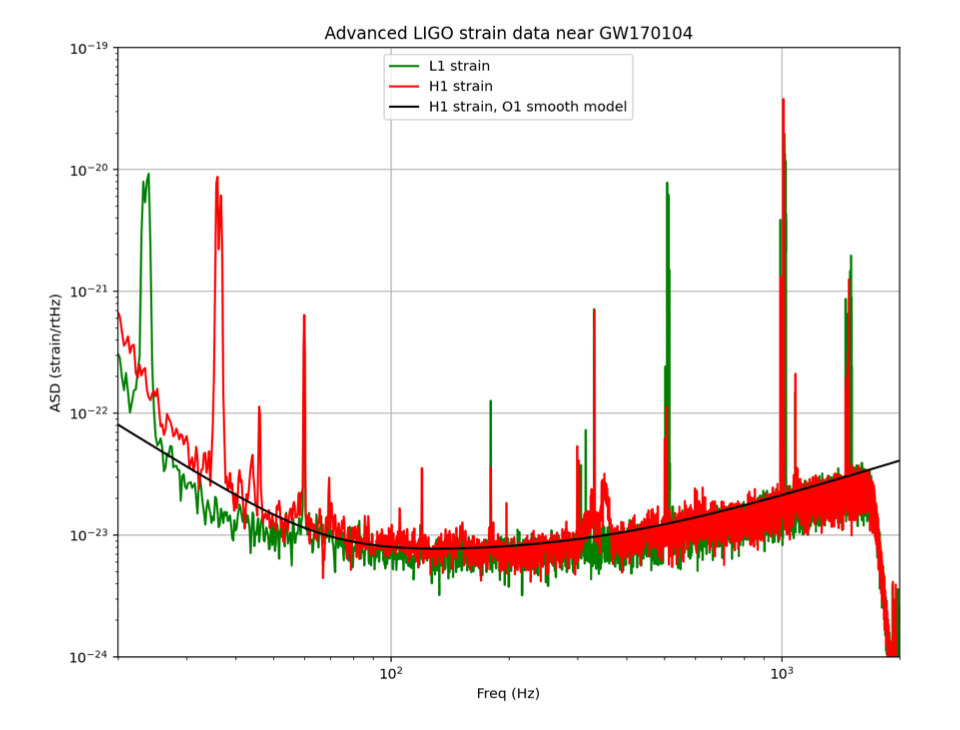Poughkeepsie, New York

Students learn about the physics of gravitational waves and how they are detected, and then use real data from a global network of gravitational wave observatories to perform their own personal research investigation.

Read about each student's investigation in their own words:
This paper looked for correlations between masses and spins of binary black hole events and their merger times. By using data released by LIGO and tutorial 2.2 from the Open Data Workshop, I got merger times, mass and spin data, which I plotted using Matplotlib in Python. I found moderate correlations between masses, effective inspiral spin and merger times, and very weak correlations between mass ratios, percentage change in mass, final spin and merger times.
The detection of gravitational wave signals of astrophysical origin is particularly challenging because the signals are always contaminated by noise. Two of most prominent and efficient de- tection techniques currently used in Virgo/LIGO search pipelines are matched filtering and χ2-consistency testing. This paper investigated the performance of these two detection techniques in event GW170814 as well as in the presence of both consistently distributed noise and transient glitches. It was found that matched filtering performs best in the presence of perfect or close- perfect Gaussian noise; it can also mistake glitches for real gravitational waves if certain types of glitches are present. Additionally, it was found that χ2-consistency testing has little effects in cases where matched filtering had previously been unsuccessful. Finally, it was shown that the use of χ2-consistency testing is crucial to detecting and identifying gravitational waves in the presence of Extremely Loud and Blip glitches.
Recently, a candidate event was identified (GW170817A) through a new system of identification. GW170817A has gravitational wave characteristics which differentiates it from previous merger detections. In this investigation, a serious of tests are conducted using real strain data from the LIGO-VIRGO gravitational wave detectors in order to get a better understanding of whether GW170817A is an actual event. Merger characteristics are also explored via parameter estimation in order to comment on its potential origin.
The Laser Interferometer Gravitational-wave Observatories in Hanford and Livingston are susceptible to reductions of sensitivity due to vibrations from the ground or the instruments' walls. Sources of vibrations include seismic activity, strong wind, and thunderstorms, to name a few. This paper describes the use of numerous matched pair data samples from both LIGO locations to determine wind's effect on the instruments' sensitivity. While wind has a moderate effect in elevating noise in lower frequencies such as 7Hz and 13Hz, its impacts on higher frequencies, such as 500Hz or 1000Hz, are much weaker.